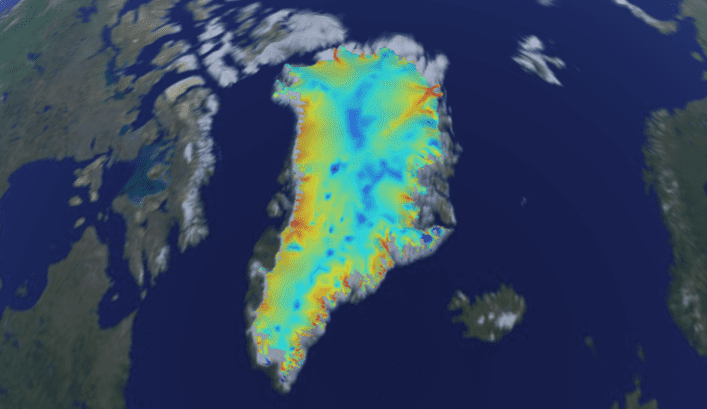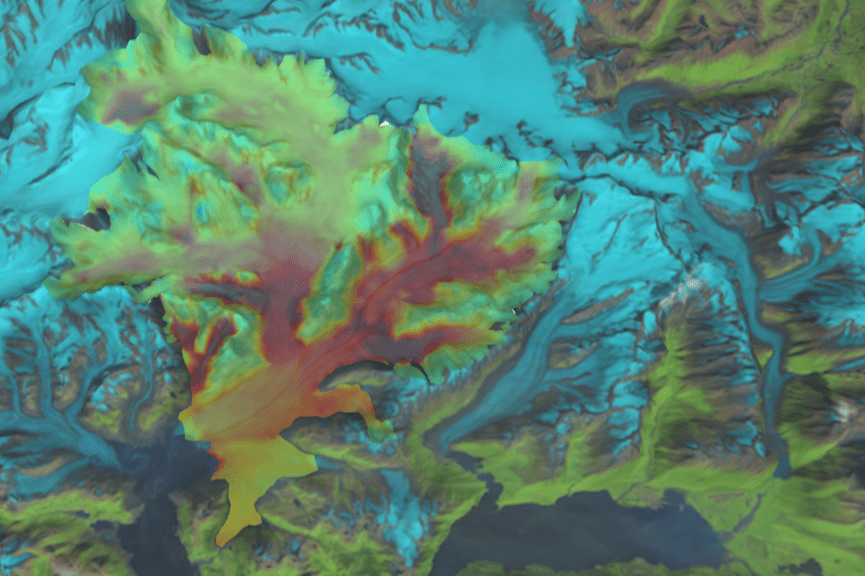The VESL (Virtual Earth System Laboratory) free online tool allows users to see how climate change affects glacier size, global sea level, and shorelines. If you ever had an argument with someone who denies global warming, this NASA climate change simulator might help you settle it.

The online simulator developed by researchers at NASA’s Jet Propulsion Laboratory in Pasadena, California, highlights how glaciers are impacted by climate change up to 10 years in advance. One way to show that impact, is by changing the value of the surface mass balance (SMB), which is measured by subtracting the glacier’s snow loss during summer from the winter ice accumulation. By setting the SMB to either a negative or a positive value, the user can see ice volume predictions in a color-coded graphic.
Users can also virtually change Florida’s shores by removing ice from Greenland and Antarctica.
This tool runs all the simulations in real time, with no preexisting outcomes.
“It’s the real software, being used on the fly, live, without being prerecorded or precomputed,” said Eric Larour of JPL, the leader of VESL’s development team. “You have access to a segment of an ice sheet model or sea level model, running NASA’s software.”
If you ever dreamed of being a NASA climate scientist, you can now experience it. The genius of VESL lies in its free and open access. This way, normal guys like us can rerun simulations made by the researchers and send feedback to the authors. Thus, we can all contribute to making cool science.

“VESL was initially intended for scientists,” Larour said. “Then we realized it could also be an excellent tool for public outreach. These simulations are so easy to run, and visually so compelling, that any person from the public can go and run them and probably understand what is going on.”
And if you fear the platform might overtax your computer, you can relax. The simulator works via cloud computing, directly accessing a JPL (Jet Propulsion Laboratory) cloud. All you have to do is click on the link, set your own parameters and watch the simulation run.
The details of VESL were published in a paper today in the journal Geoscientific Model Development.


